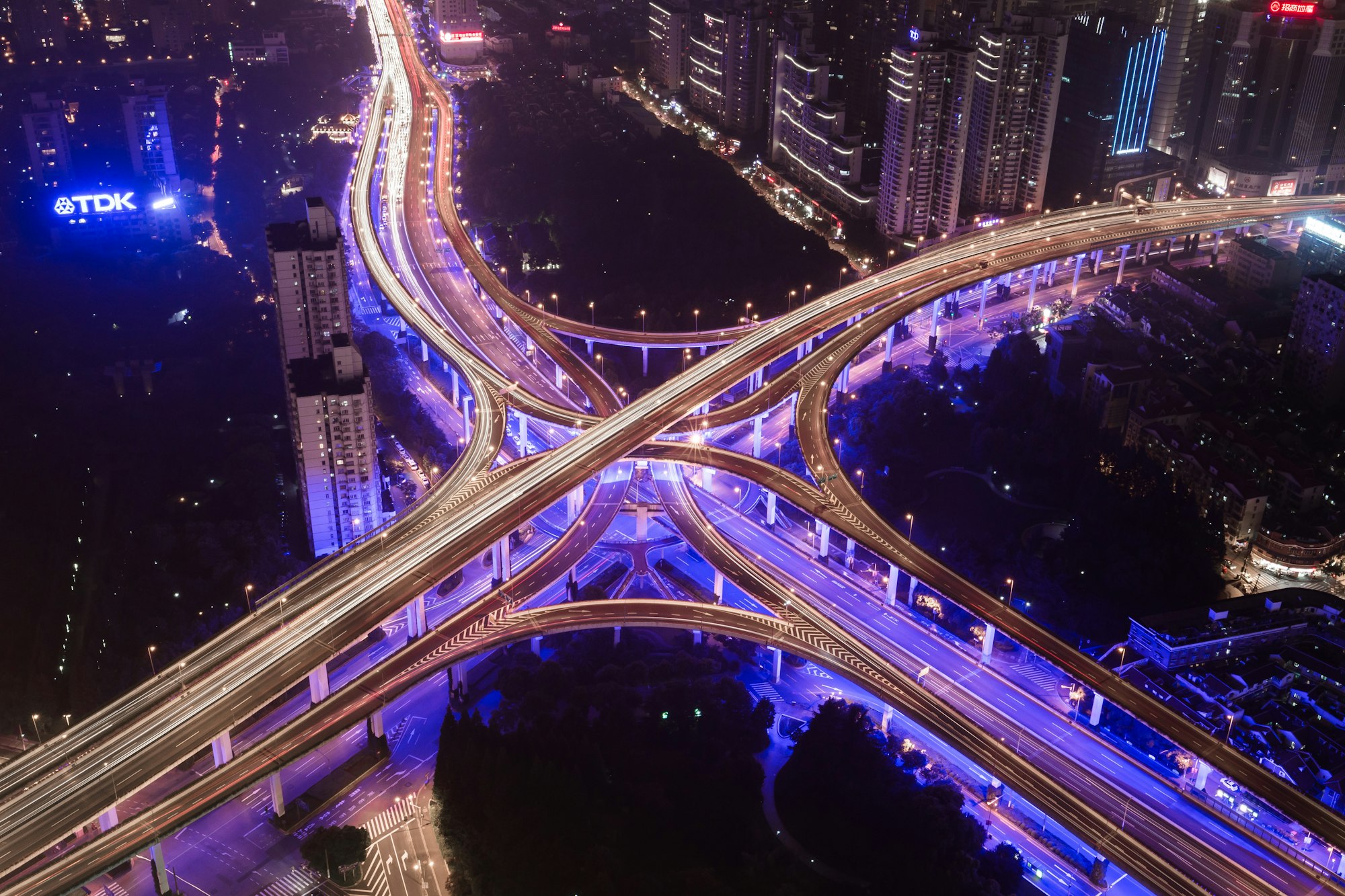Blue street lights, cool or not cool?

I don't know about you, but it's only recently that I started noticing it... Who would put blue lights on a street?
Blue, purple, indigo, black... Something along those colors, right? Have you seen it, too? To be honest, I liked it. It's not as shocking to my eyes as white light and it gives a vibe that goes really well with my city. I thought to myself: maybe it has a purpose that's scientifically valid that I'm just not aware of... yet. And it also looks cool.
Well, there's a scientific reason for it, for sure, but it's not all that cool.
I'm about to drop some truths. Are you ready? LED lights do not really produce white light. At least, not naturally – can you say naturally for something man-made? Contrary to popular belief, LED produces a deep blue light that is tweaked using a solid material called "phosphor". This material produces visible light when exposed to radiation from a blue, ultra violet or electron beam and it's also designed to absorb some of this blue light. Both the light emitted through the phosphor and the range of blue light that is not filtered combine to produce the "white" light our eyes can perceive.
Turns out, the blue LED street lights aren't blue on purpose. They are the result of a defect on the manufacturing process, where the phosphor's composition is failing, and it's letting the LED deep blue true nature flow unrestricted.
Cool or not, blue street lights are a bug, not a feature, and they will be replaced. This made me wonder... Why do we have to hide the blue light produced by the LEDs?
Is blue light dangerous for us humans?
Short answer, yes. Long answer, it's complicated.
Stricly speaking of our eyes, blue light affects our vision by reducing our tendency to blink, which causes dry eyes and eye strain. It may also cause macular degeneration, which is the wear in our retinas and damages our capacity to sense light; also may contribute to cataracts and eye cancer.
Research shows that blue light, specifically at night, greatly affects our biological clock – scientifically known as circadian rhythm – and has a negative effect on humans because it suppresses the production of melatonin, a hormone that helps regulate the circadian rhythm by controlling the sleep-wake cycle. Basically, blue light keeps you awake and can produce mood disorders, too.
The complicated part, and one that research is starting to figure out, is "blue light throws our circadian rhythms out of sync, so what does that do to our bodies?". Well, researchers are starting to find that being out of sync with our circadian rhythm increases our blood sugar levels, which may evolve into a prediabetes, and the levels of leptin, a hormone that help us feel full when eating, goes down, which may cause obesity. Other researchers suggest that this desynchronization may play a role in tumoral diseases and depression.
Suggestions to avoid being affected by blue light?
- Get some glasses with blue light filter.
- Avoid looking at screens two to 3 hours before sleeping. If not possible, try to dim your screens or get a red filter app for your devices.
- Use warmer/red lights at night.
- Get exposed to natural light during the day.
Sources:

